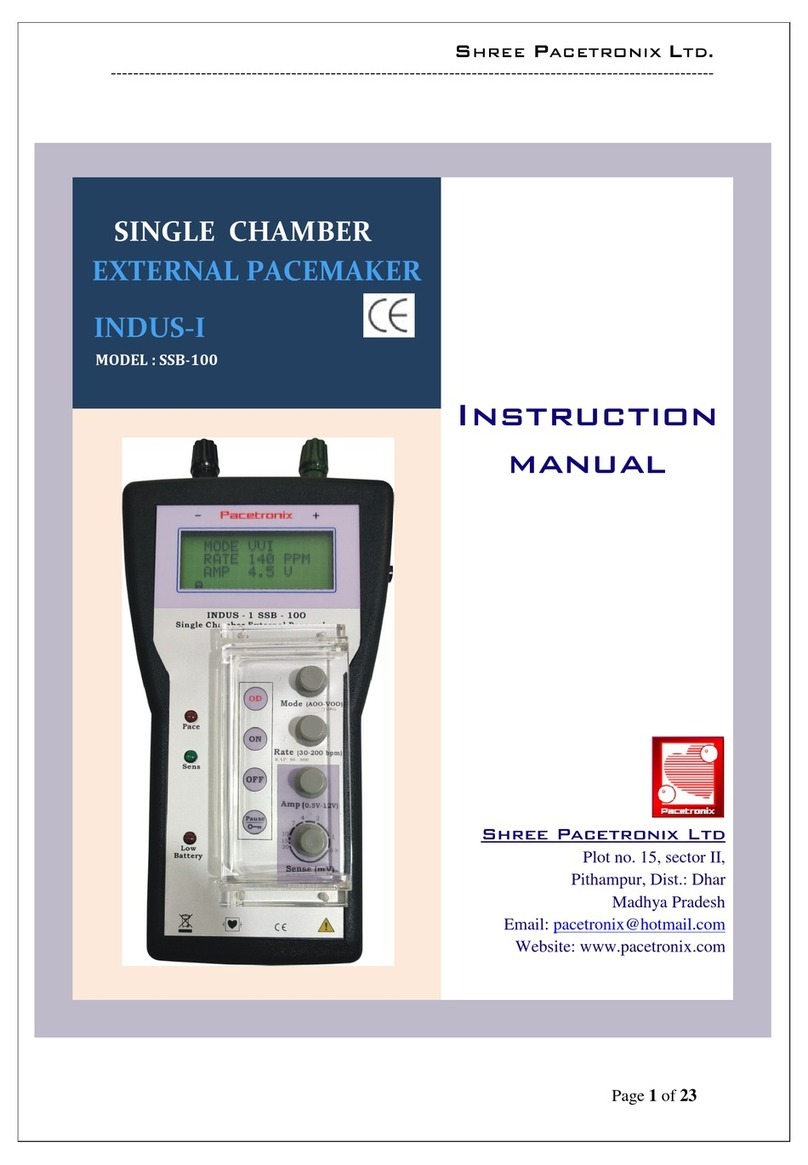
Contents
1. GENERAL DESCRIPTION................................................................................................. 6
2. PACKAGE CONTENTS ...................................................................................................... 8
3. SAFETY FEATURES........................................................................................................... 8
4. SPECIFICATION.................................................................................................................. 8
4.1 Technical Data ............................................................................................9
4.2 Mechanical Data .......................................................................................11
4.3 Urgent Values............................................................................................11
5. FUNCTION AND DESCRIPTION.................................................................................... 12
5.1 Functional Indicators................................................................................12
5.1.1 Pacing..................................................................................................................... 12
5.1.2 Sensing ................................................................................................................... 12
5.1.3 Low Battery indication......................................................................................... 12
5.2 Controls.....................................................................................................12
5.2.1 Rate (ppm)............................................................................................................. 12
5.2.2 AVI (mSec) (A-V Interval)................................................................................... 13
5.2.3 ‘A’ Output (Volts) (Atrium Pulse Amplitude) ................................................... 13
5.2.4 ‘A’ Sens (mV) (Atrium Sensitivity)....................................................................... 14
5.2.5 Mode....................................................................................................................... 14
5.2.6 Refractory Period (A & V)................................................................................... 14
5.2.7 ‘V’ Output (Volts) (Ventricle Pulse Amplitude)................................................ 15
5.2.8 ‘V’ Sens (mV) (Ventricle Sensitivity).................................................................. 15
6. OPERATING INSTRUCTIONS........................................................................................ 16
6.1 RAP Button................................................................................................16
6.2 ON Switch..................................................................................................16
6.3 OFF Switch................................................................................................17
6.4 Pause / Unlock Button...............................................................................17
6.4.1 Device LOCK ........................................................................................................ 17
6.5 Knob Controls............................................................................................17
6.6 Demand and asynchronous Modes............................................................18
6.7 Urgent Mode..............................................................................................18
6.8 Collet terminals .........................................................................................18
6.9 Lead placement..........................................................................................18
6.10 Battery Replacement..................................................................................19




























